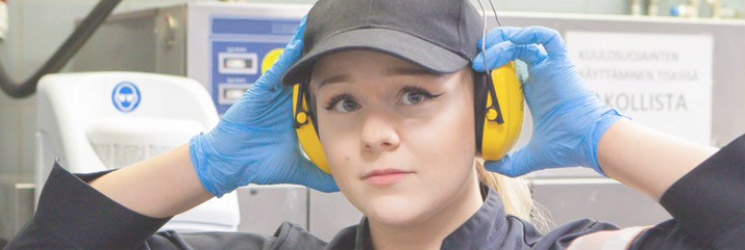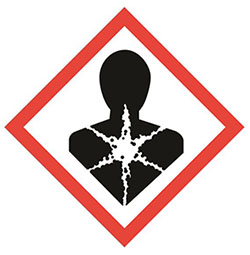

Working conditions
Reprotoxic agents
The following substances are reprotoxic:
- Lead and its inorganic compounds
- bisphenol A (BPA)
- certain phthalates, such as di(2-ethylhexyl) phthalate (DEHP) and dibutyl phthalate (DBP)
- reprotoxic metals, such as mercury compounds
- organic solvents, such as 2-ethoxyethanol
- naphtha and trichloroethylene
- pesticides
- carbon monoxide
- inhalational anaesthetic agents, such as nitrous oxide
Reprotoxic agents also occur in the following working method, which is mentioned in Annex I to Government Decree 113/2024:
- Work involving exposure to medicinal products containing substances that are reprotoxic agents under Article 2(3)(a) of the Decree.
Binding exposure limit values
Binding limit values have been set for reprotoxic agents, and they must not be exceeded.
In addition, a threshold value has been set for some reprotoxic agents, indicating a level of exposure that is safe for the health of the worker.
Where a workplace uses a reprotoxic agent with no threshold value, workers’ exposure must be reduced to as low as possible, even below the binding limit value.
The limit value may not be exceeded, and exposure must be reduced to a minimum even if a reprotoxic agent has been issued a threshold value.
For more information, see Limit values.
Employer’s obligation to keep a list
The employer must keep a list of reprotoxic agents and workers exposed to them. The employer must retain the information in the list for five years from the date on which it was last recorded.
If the employer terminates its operations, it must provide the occupational safety and health authority with information on workers exposed to reprotoxic agents. The occupational safety and health authority will retain the information for the remainder of the five-year period.
Reprotoxic agents: classification and labelling of substances and mixtures
Reprotoxic substances and mixtures can be identified by the fact that they are classified as category 1A or 1B reproductive toxins under the Classification, Labelling and Packaging (CLP) Regulation. These substances and mixtures are also labelled with the following hazard statement (H) and hazard pictogram:
CLP Regulation H360 May impair fertility or cause harm to the unborn child Danger |
|
Substances and mixtures suspected of impairing fertility or causing damage to the foetus are classified as category 2 under the CLP Regulation. They are also labelled with a hazard statement (H) and a hazard pictogram:
CLP Regulation H361 Suspected of damaging fertility or the unborn child Warning |

|

